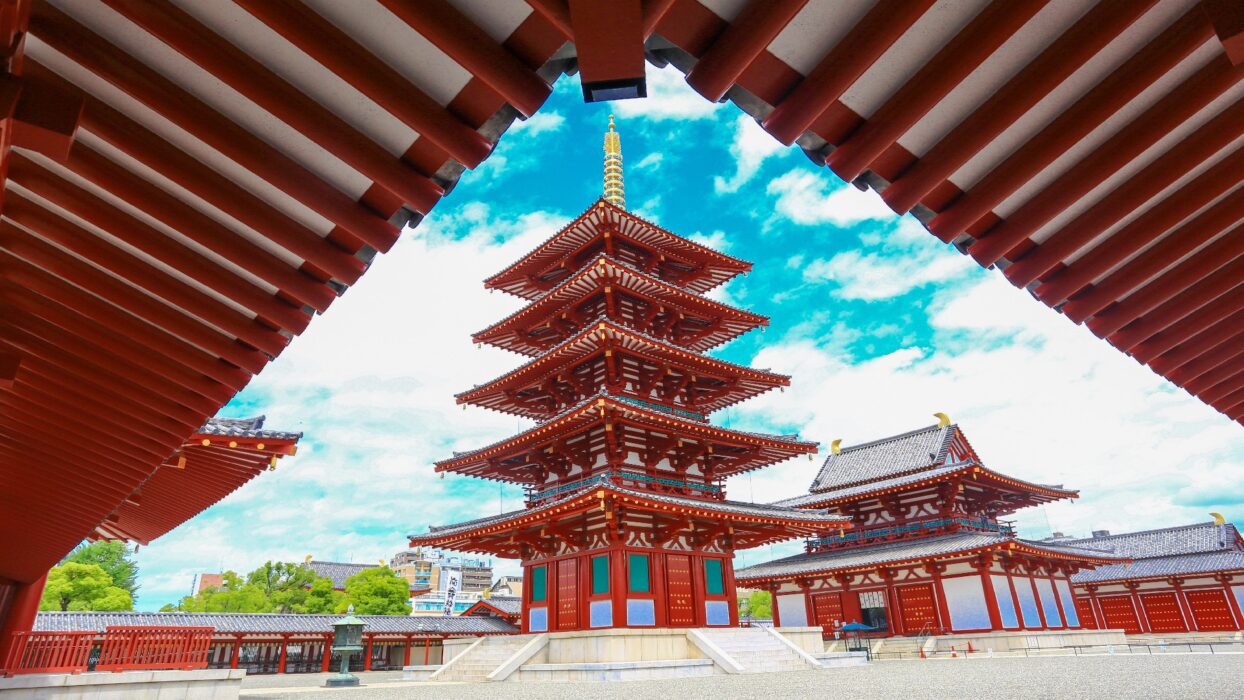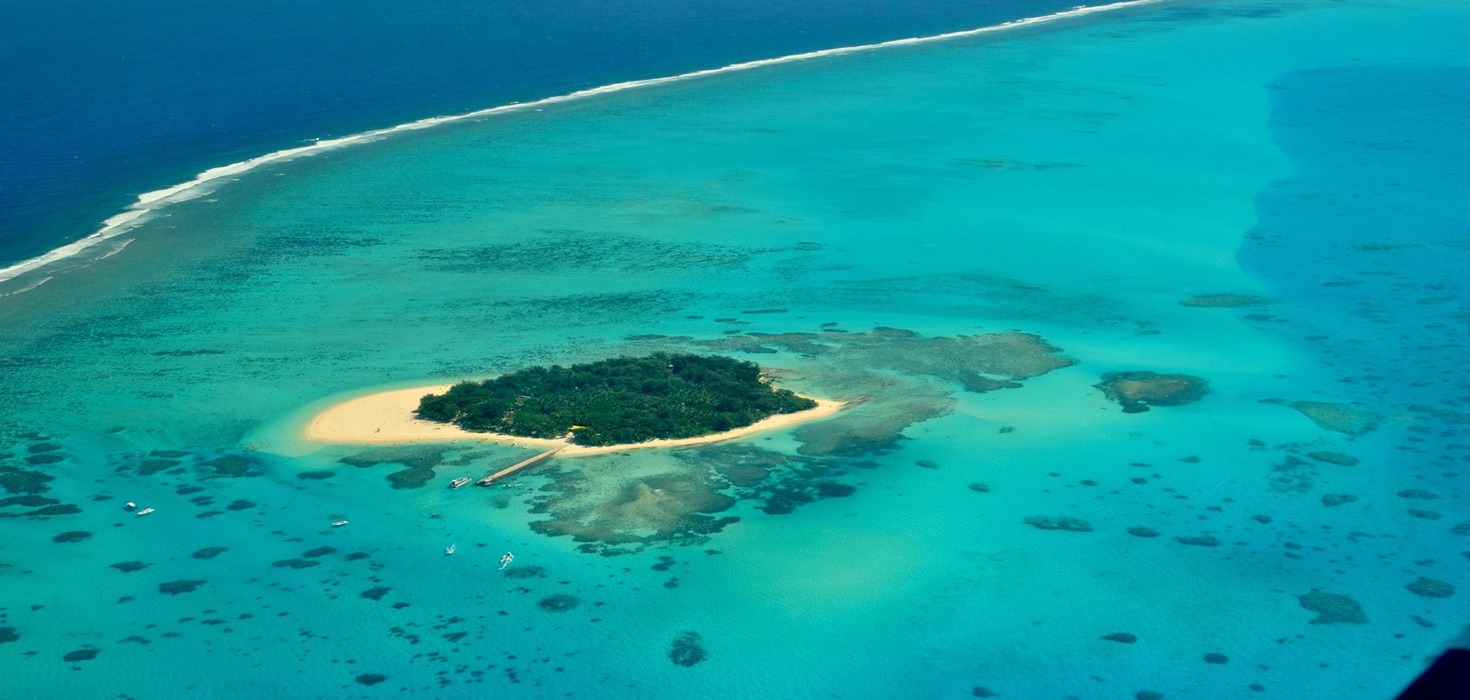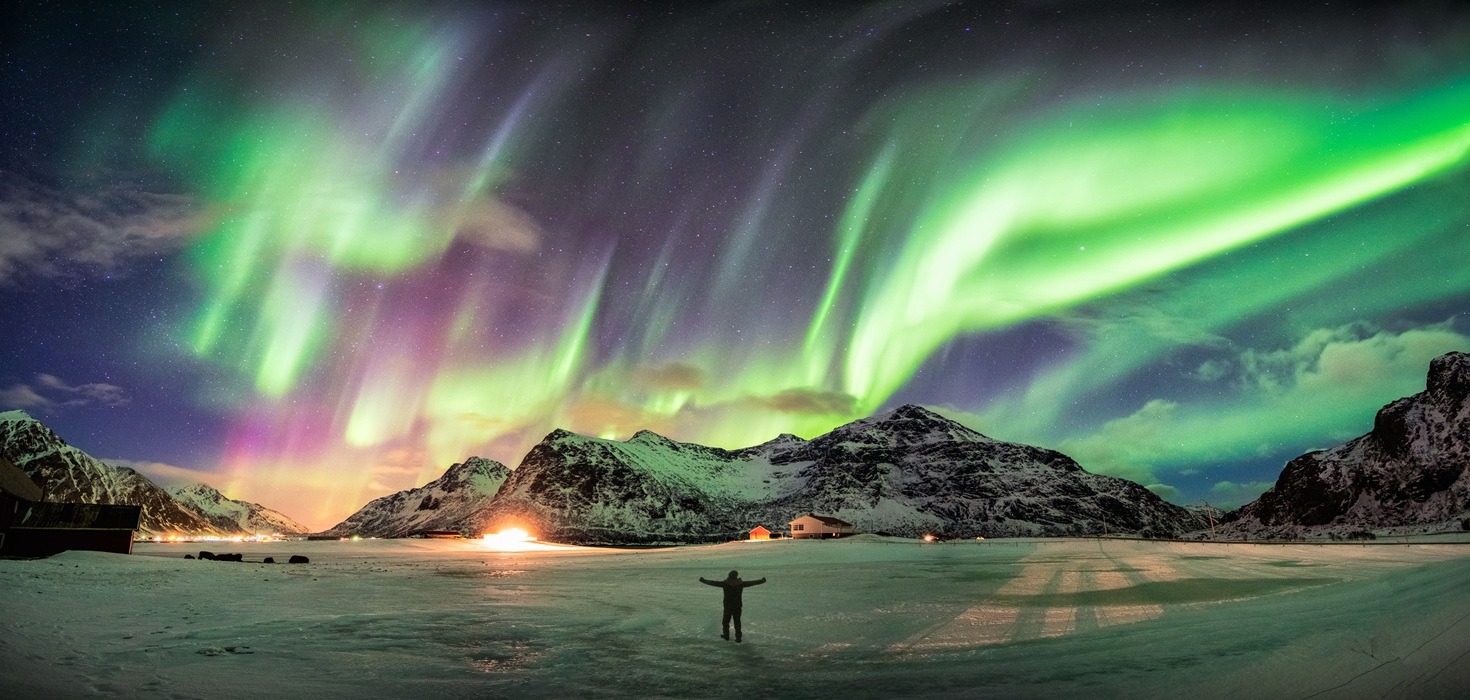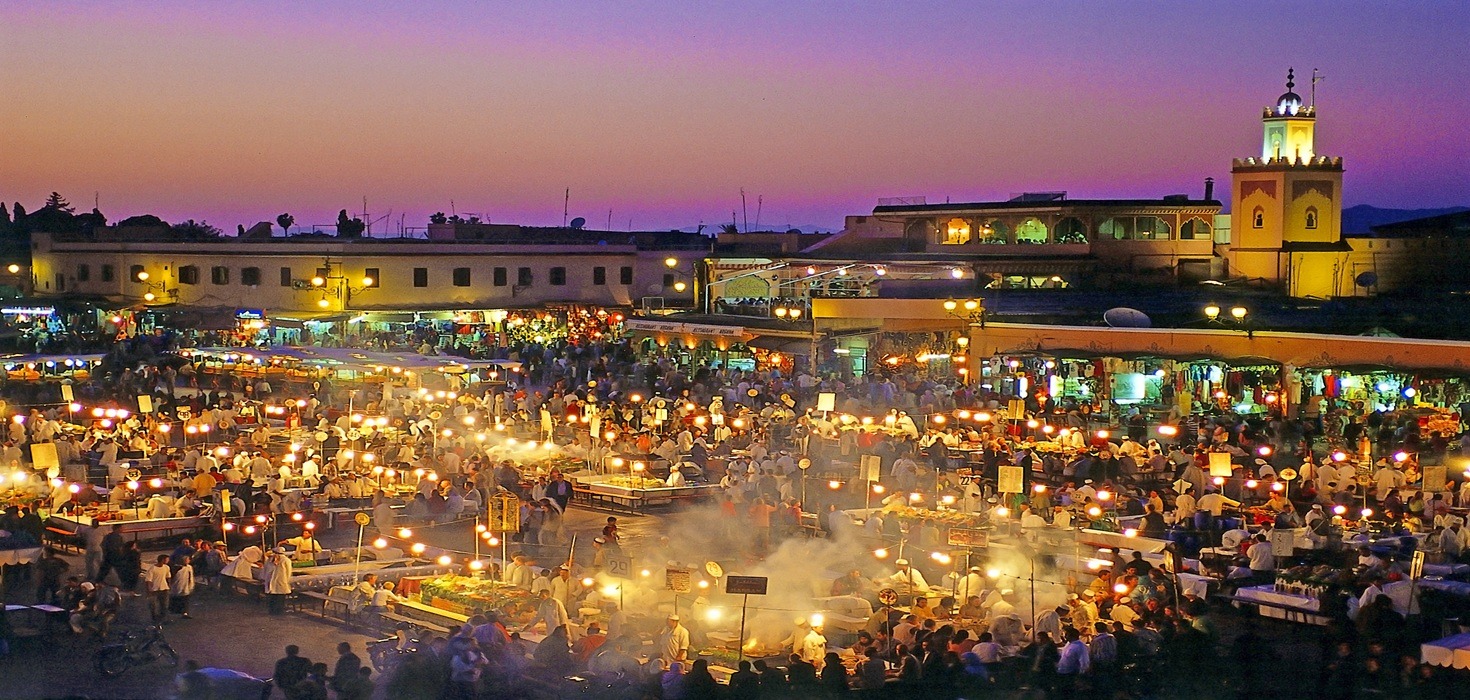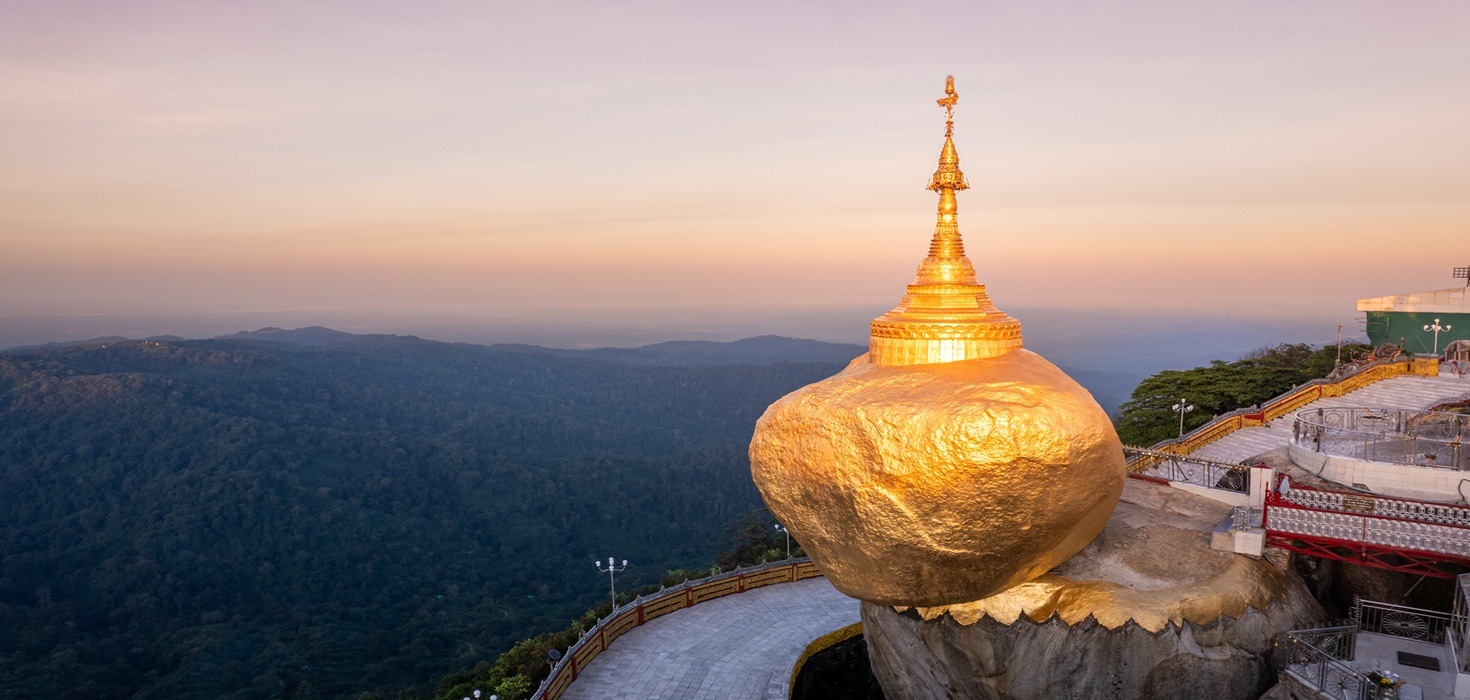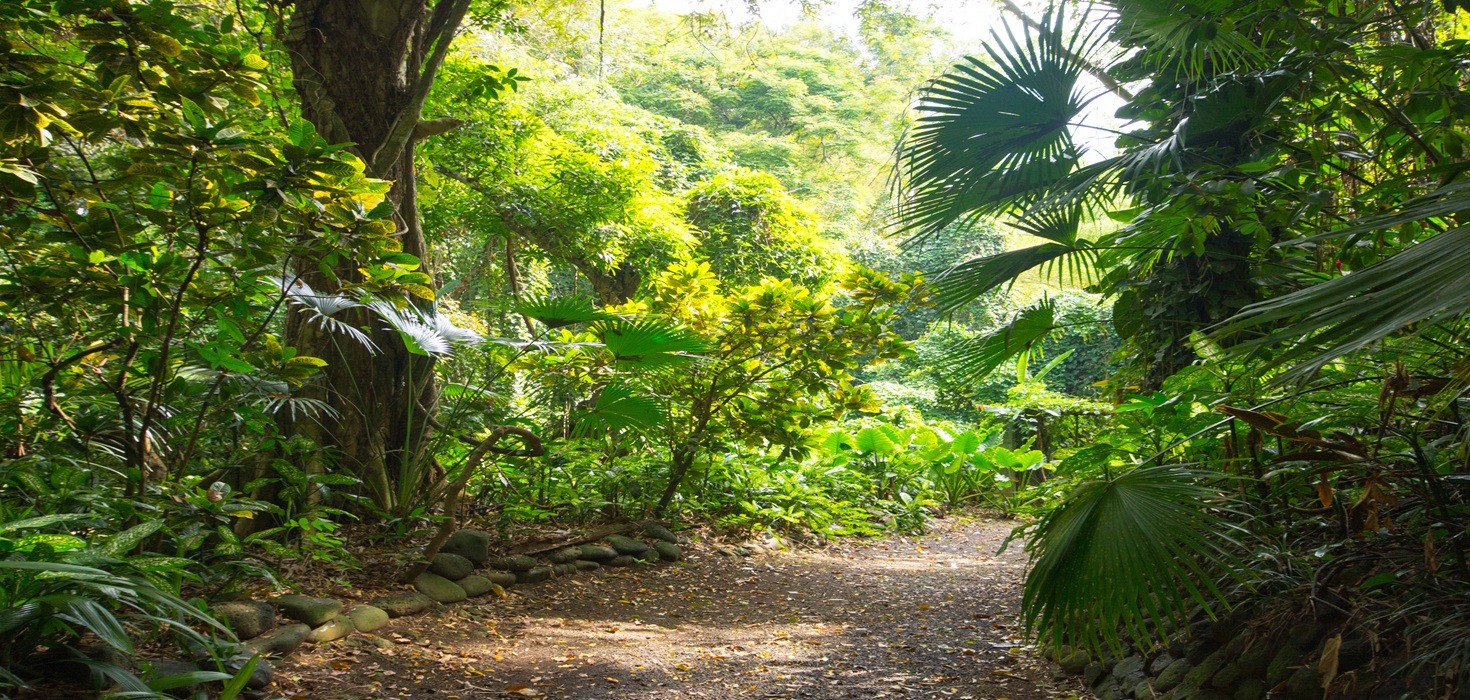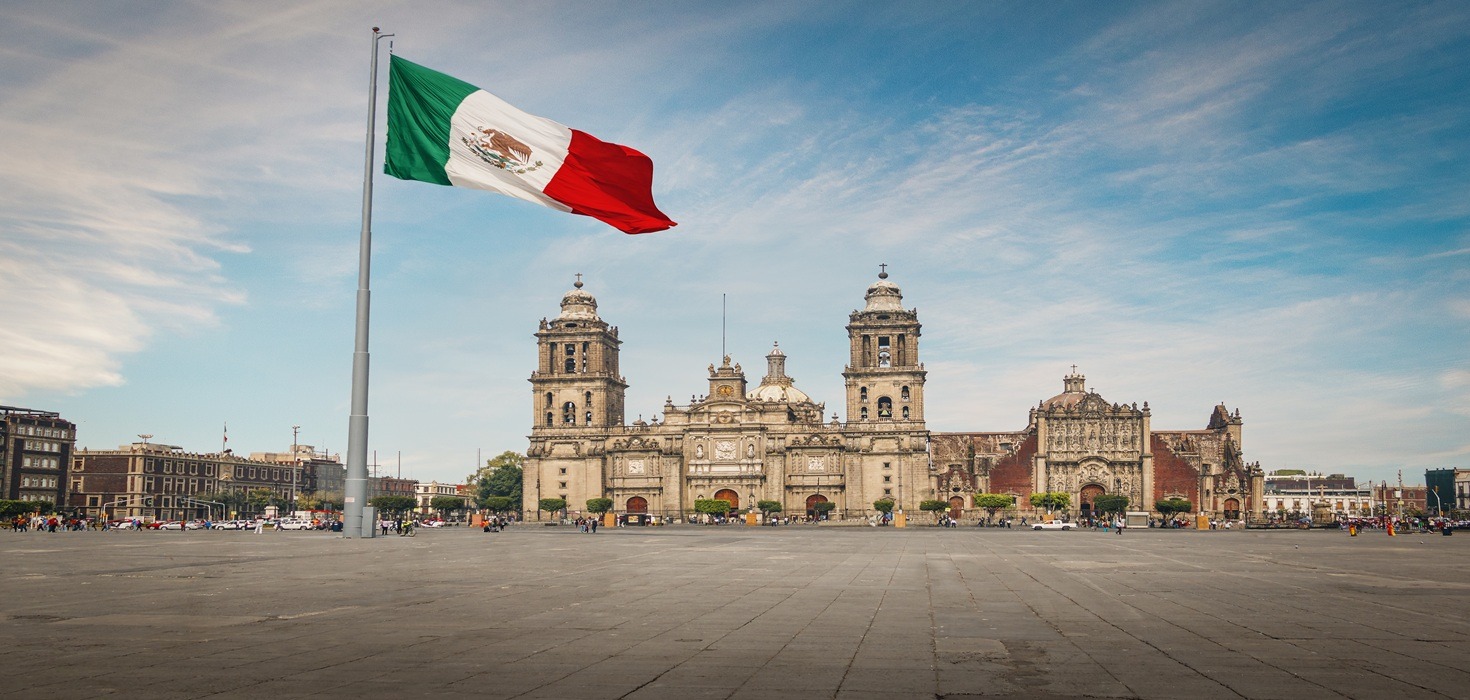Welcome to Kinkakuji Temple: A Golden Marvel
Nestled in the serene landscapes of Kyoto, Kinkakuji Temple, or the Golden Pavilion, stands as a shimmering testament to Japan’s rich cultural heritage and architectural brilliance. This stunning Zen temple, draped in gold leaf, is not just a feast for the eyes; it carries profound historical significance and embodies the essence of Zen philosophy. Visitors flock to Kinkakuji year-round, drawn not only by its striking beauty but also by the captivating seasonal transformations that offer a different experience with each visit.
Imagine strolling through its tranquil gardens, where the vibrant hues of cherry blossoms in spring give way to the lush greens of summer, followed by a fiery display of autumn colors, and finally, the serene white blanket of winter. Each season paints Kinkakuji in a new light, making it a must-visit destination for anyone exploring Kyoto. Whether you’re a history buff, a photography enthusiast, or simply seeking a peaceful retreat, Kinkakuji promises a memorable experience that resonates long after you leave.
Golden Reflections: Kinkakuji Temple’s Opening Hours and Admission Fees
Planning your visit to Kinkakuji? Knowing the opening hours and admission fees is key to making the most of your time here. Kinkakuji Temple is open daily from 9:00 AM to 5:00 PM, allowing ample opportunity to soak in its beauty. During the winter months, the last admission is at 4:30 PM, so be sure to arrive early to enjoy the golden reflections on the pond as the sun begins to set.
As for the admission fee, it’s a modest 400 yen for adults and 300 yen for children, making it an affordable outing for families and solo travelers alike. And here’s a little insider tip: Kinkakuji remains open during holidays and even on rainy days, so you can still experience its magic, no matter the weather! Don’t let a little drizzle dampen your spirits—some say the temple looks even more enchanting under a soft rain.
For those eager to delve deeper into Kinkakuji’s offerings, check out our Comprehensive Guide to Kinkaku-ji Temple, which includes detailed information about opening hours, ticket prices, and more.
Seasonal Splendor: The Best Times to Experience Kinkakuji
One of the most delightful aspects of Kinkakuji is its seasonal splendor. Each time of year brings a unique charm that captivates visitors. If you’re wondering about the best time to visit Kinkakuji Temple, here’s a quick rundown:
- Spring (March to May): Witness the breathtaking cherry blossoms in full bloom. The delicate pink petals create a stunning contrast against the golden pavilion, making for picture-perfect moments.
- Summer (June to August): The gardens come alive with lush greenery. Early mornings or late afternoons are ideal for avoiding the heat while enjoying the serene atmosphere.
- Autumn (September to November): Experience a riot of colors as the leaves turn vibrant shades of red and orange. The reflection of the temple in the pond, surrounded by autumn foliage, is simply mesmerizing.
- Winter (December to February): The temple draped in snow offers a tranquil beauty that feels almost magical. The contrast of the gold against the white backdrop is a sight to behold.
Visitors rave about their experiences at Kinkakuji during different seasons. One traveler shared, “Visiting in autumn was like stepping into a painting—everywhere I looked was a burst of color!” Another noted, “Seeing Kinkakuji in winter was surreal; it felt like I was in a dream.”
For a deeper dive into Kinkakuji’s seasonal beauty, explore our article on Discover Kinkaku-ji’s Seasonal Splendor.
A Glimpse into History: The Cultural Significance of Kinkakuji
Kinkakuji Temple, with its stunning golden facade, isn’t just a pretty sight—it’s steeped in history and cultural importance. Originally built in 1397 as a retirement villa for the shogun Ashikaga Yoshimitsu, this architectural wonder transitioned into a Zen temple after his passing. The temple reflects the beauty of the Muromachi period and showcases the distinct styles of Japanese architecture.
The design of Kinkakuji is a harmonious blend of different architectural influences, including the traditional Shinto shrine style and the elegance of Zen aesthetics. The three-story structure features a unique style on each level, with the top two floors covered in gold leaf, adding to its ethereal charm. This golden hue symbolizes the purity of the mind and the pursuit of enlightenment, core tenets of Zen philosophy.
As you stroll around the temple, take a moment to appreciate the meticulously crafted gardens that surround it. These gardens are designed to reflect the beauty of nature and provide a tranquil space for meditation. The carefully placed rocks, ponds, and trees are all part of a larger vision—one that encourages visitors to connect with nature and find peace within themselves.
To learn more about Kinkakuji’s fascinating history and hidden gems, check out our article on Kinkakuji’s Beauty and Hidden Gems.
Capturing the Moment: Photography Tips for Kinkakuji
For photography enthusiasts, Kinkakuji is a dream come true! The temple’s stunning architecture and picturesque surroundings provide endless opportunities for breathtaking shots. Here are some handy tips to help you capture the magic:
- Best Times for Photos: Early mornings or late afternoons offer the best lighting, creating soft shadows and warm tones. Plus, you’ll avoid the crowds!
- Key Viewpoints: The main pond offers the most iconic view of Kinkakuji. Experiment with different angles to find your perfect shot. Don’t forget to capture the reflections of the temple on the water!
- Seasonal Shots: Each season brings its own beauty. In spring, cherry blossoms frame the temple; in autumn, the vibrant foliage creates a stunning backdrop. Winter’s snow adds a magical touch.
- Photography Workshops: If you want to up your photography game, consider joining a local workshop. Many are available around Kyoto, focusing on capturing the beauty of temples and nature.
For more photography inspiration, check out our guide on Stunning Seasonal Photo Walk at Kinkaku-ji.
Culinary Delights: Dining Near Kinkakuji Temple
After soaking in the beauty of Kinkakuji, treat your taste buds to some local culinary delights! Kyoto is famous for its exquisite cuisine, and there are plenty of dining options near the temple that will satisfy your cravings.
One must-try dish is Kaiseki, a traditional multi-course meal that showcases seasonal ingredients and meticulous preparation. Look for restaurants that offer this dining experience for a taste of Kyoto’s culinary artistry. If you’re in the mood for something lighter, grab a bowl of Yudofu (tofu hot pot), which is a local specialty that’s both delicious and healthy.
For those with a sweet tooth, don’t miss out on matcha sweets! The vibrant green tea flavor is a staple in Kyoto desserts, from matcha ice cream to delicate wagashi (traditional sweets). Many cafes near Kinkakuji offer these delightful treats, perfect for a refreshing break.
For more dining recommendations, explore our guide on 7 Days in Kyoto: Ultimate Experience.
Festivals and Events at Kinkakuji: A Cultural Calendar
Visiting Kinkakuji during a festival is a unique way to immerse yourself in the local culture! Throughout the year, various events are held at the temple, celebrating traditional Japanese customs and seasonal changes.
One of the most popular events is the Hanami (Cherry Blossom Viewing) in spring. Visitors gather to admire the blooming cherry blossoms, creating a festive atmosphere filled with picnics and celebrations. In autumn, the Momiji (Autumn Leaves Festival) draws crowds eager to witness the stunning fall foliage surrounding the temple.
Additionally, Kinkakuji hosts special ceremonies and rituals that reflect Zen practices, offering visitors a glimpse into the spiritual side of the temple. Check local listings for specific dates and details about upcoming events, as they can vary each year.
For a comprehensive look at Kinkakuji’s events, visit our article on Comprehensive Travel Guide to Kinkakuji.
Practical Tips for Travelers Visiting Kinkakuji
Before you head out to Kinkakuji, here are some practical tips to ensure a smooth visit:
- Accessibility: Kinkakuji is accessible for visitors with mobility challenges, with ramps and pathways designed for easy navigation.
- Transportation: The temple is well-connected by public transport. Buses from Kyoto Station and nearby areas will take you right to the entrance. Taxis are also available for those preferring a direct route.
- Safety Guidelines: Be mindful of your surroundings and respect the temple’s rules. Photography is allowed, but be cautious not to disturb other visitors or disrupt the serene atmosphere.
For more travel tips and itineraries, check out our guide on 3- & 5-Day Kyoto Itinerary.
Exploring Nature: Zen Gardens and Reflection Pond
The beauty of Kinkakuji extends beyond the temple itself; the surrounding gardens and reflection pond are integral to the overall experience. Designed in the traditional Japanese style, these gardens offer a peaceful retreat where nature and architecture blend seamlessly.
The reflection pond is particularly captivating, providing a stunning mirror image of the golden pavilion. As you walk around the pond, take in the meticulously arranged rocks and the soothing sounds of nature. The gardens are designed to evoke a sense of tranquility, encouraging visitors to pause, reflect, and appreciate the moment.
As you explore, consider how the gardens embody Zen philosophy, emphasizing simplicity, balance, and harmony with nature. This connection enhances your experience, allowing you to fully immerse yourself in the beauty of Kinkakuji.
For more details on the gardens and the temple’s layout, read our guide on Exploring Kinkakuji: A Journey.
Transportation Details: Getting to Kinkakuji
Getting to Kinkakuji is a breeze, thanks to Kyoto’s efficient public transport system. Here’s how to reach the temple:
- By Bus: Several bus routes connect Kinkakuji to major areas in Kyoto. From Kyoto Station, take bus number 101 or 205; the ride takes about 40 minutes. Make sure to check the bus schedules for any changes.
- By Taxi: If you prefer a more direct route, taxis are readily available. Just let your driver know you want to go to Kinkakuji Temple, and you’ll be there in no time!
- Walking: If you’re staying nearby, consider walking to enjoy the local scenery. The walk can be quite pleasant, especially in the cooler months.
For more transportation tips and details on navigating Kyoto, visit our guide on 7 Days in Kyoto Itinerary.
Seasonal Travel Insights: What to Expect Throughout the Year
Planning your visit to Kinkakuji? Each season brings unique experiences, so here’s what to expect:
- Spring: Cherry blossoms bloom, creating a picturesque scene. Pack light layers as the weather can vary.
- Summer: Expect warm temperatures; dress comfortably and stay hydrated while exploring the gardens.
- Autumn: The vibrant fall colors are breathtaking! Bring a camera and dress in layers as temperatures can drop in the evenings.
- Winter: The snow-covered temple is a sight to behold. Dress warmly and be prepared for chilly weather.
For packing tips and seasonal highlights, explore our guide on Best Places to Visit in Kyoto.
Commonly Asked Questions About Kinkakuji
If you’re wondering about visiting Kinkakuji, here are some common questions and answers:
- What are Kinkakuji Temple’s visiting hours? The temple is open daily from 9:00 AM to 5:00 PM, with last admissions at 4:30 PM in winter.
- Is there an admission fee? Yes, the admission fee is 400 yen for adults and 300 yen for children.
- Can I take photos at Kinkakuji? Absolutely! Photography is allowed, but be respectful of other visitors.
For more FAQs and helpful tips, check out our guide on Explore Kyoto Kinkaku-ji.
Fun Facts About Kinkakuji Temple
Ready for some fun trivia? Here are a few interesting facts about Kinkakuji that you might not know:
- The temple was originally built as a villa for a shogun and was later converted into a Zen temple.
- The golden leaf covering was added during a restoration in 1955, making it shine brighter than ever!
- Kinkakuji is a UNESCO World Heritage Site, recognized for its cultural significance and historical value.
For more intriguing facts and insights, explore our article on Discover Kinkaku-ji’s Seasonal Splendor.

